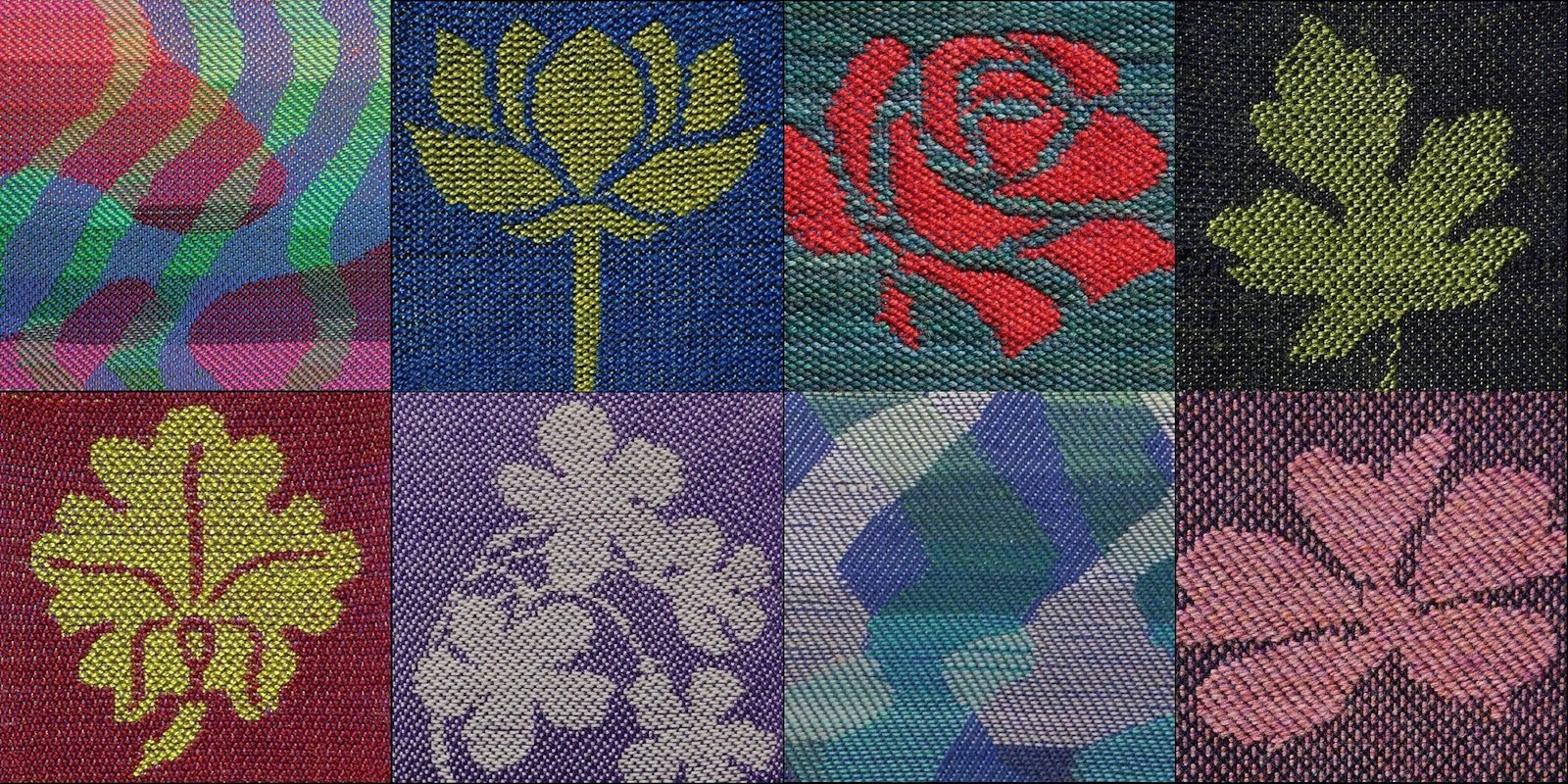Shortly before the COVID-19 epidemic sent us all inside and gave us extra time alone at our looms, weaver Deborah Silver published The Technique of Split-shed Weaving. At that moment in history, her comprehensive look at the topic was a gift for weavers looking for something new to stay occupied. She has recently released an updated edition of her book that includes more tied weaves, more doubleweave, and more piqué.
If you’re not familiar with it, Deborah’s book explains how to set up your four-shaft loom to produce two mini-sheds for each treadling—and perhaps more importantly, it explains why you might want to do that.
About Split-Shed Weaving
Let’s begin with the process. You thread a warp (many of the structures in the book use a straight-draw threading); you tie up the treadles by structure for both the regular sheds and the split layer; and then you treadle both sheds at the same time. The result is two half-height sheds that will accommodate one pick using the same or different wefts. Or a single weft pick can move from the upper mini-shed to the lower one and back again—producing areas woven in, say, 1/3 twill next to areas woven in 3/1 twill (or areas woven in straight twill next to areas woven in broken twill).
Why would you do that? If you combine the ability to weave multiple structures (or multiple faces of the same structure) in a single pick with a cartoon of the type you’d use when weaving tapestry, you can weave curves and images such as the samples you see below and at the beginning of this article—with no need for pick-up sticks, extra shafts, or shaft-switching. The woven results are not damasks or brocades, but they have some characteristics of those structures while requiring only a fraction of the effort.
Get a closer look! Click any image in the gallery to open it in full-screen mode.
In her book, Deborah provides threadings, treadlings, and tie-ups for a range of structures including twills, summer and winter, taqueté, tied weaves such as samitum and beiderwand, doubleweave, lampas, Bronson lace, piqué, and waffle weave—whether you weave on table, jack, or countermarch looms. Some structures, but not all, are feasible on counterbalance looms.
While split-shed weaving is possible on table looms, it’s faster on floor looms. Jack looms need six or eight treadles for many of the structure combinations, and you may need to treadle with both feet at once. Stick shuttles or slim boat shuttles work better than larger versions.
You can watch Deborah do a few minutes of split-shed weaving here.
If this sounds like a technique you’d like to learn and explore, you’re in luck!
Learn with Deborah
You can learn the split-shed weaving technique directly from Deborah Silver at Weave Together 2026, which will be held March 8–12, 2026, at the Embassy Suites by Hilton Conference Center in Loveland, CO.
Tickets to our weaving retreat go on sale later this month. Click here to add your email and be among the first to know when they are available—along with a full rundown of Weave Together 2026 instructors and classes.




